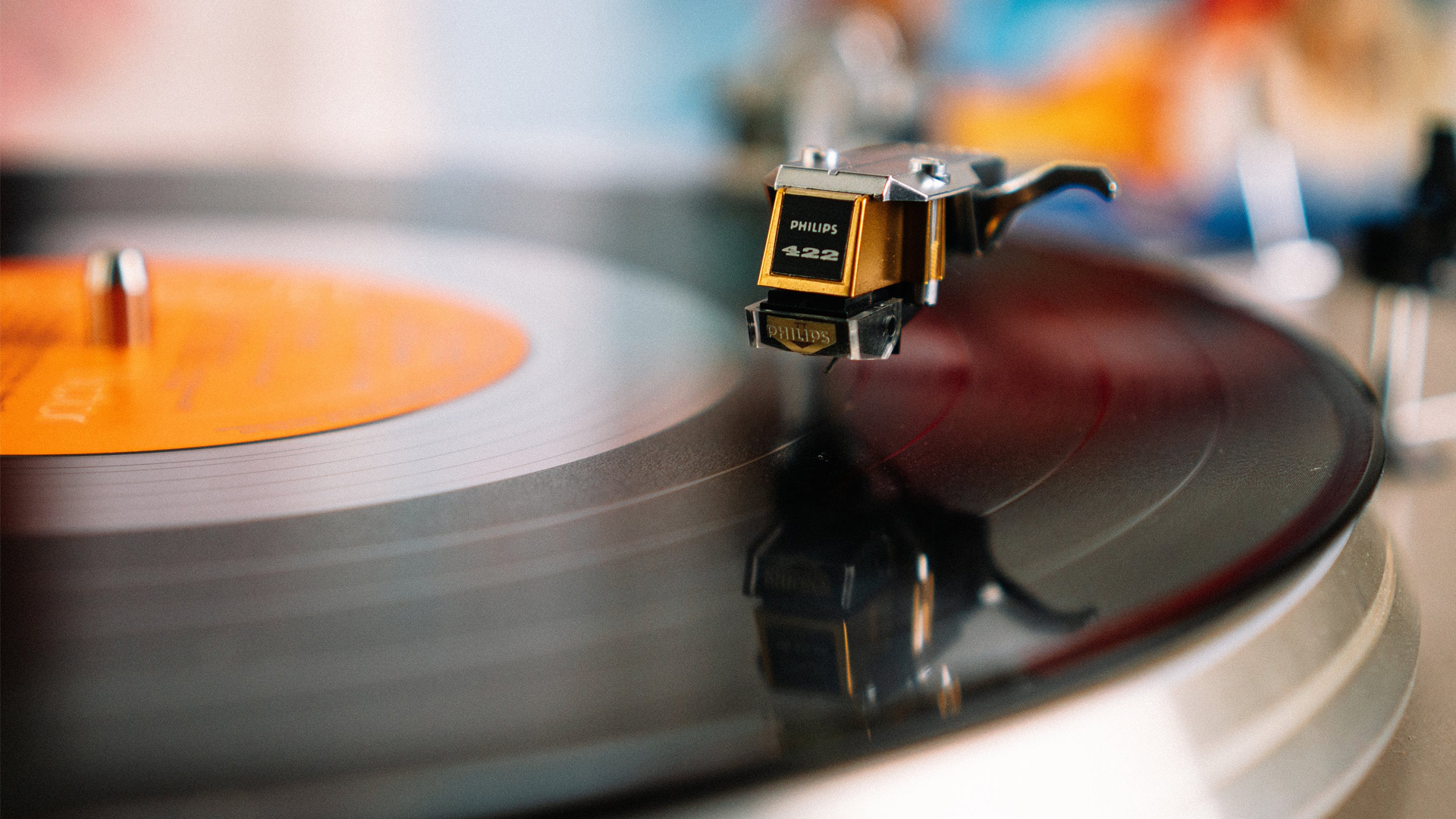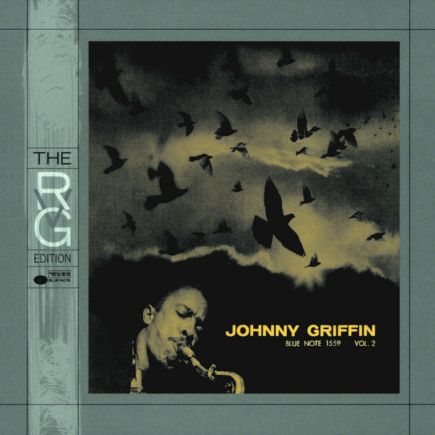All the Things You Are: complexité harmonique et succès inattendu
Créée en 1939 pour la comédie musicale Very Warm for May, All the Things You Are résulte de la collaboration entre Jerome Kern, pour la musique, et Oscar Hammerstein II, pour les paroles. La production, dirigée par Vincente Minnelli à Broadway, s’inscrit dans l’âge d’or de la comédie musicale américaine.
Dès sa sortie, la chanson connaît un succès fulgurant grâce à l’enregistrement de Tommy Dorsey, qui atteint la première place du hit-parade cette même année. Pourtant, Kern doutait du potentiel populaire de cette œuvre, qu’il jugeait trop complexe pour séduire le grand public.
Avec ses modulations inattendues et ses progressions harmoniques sophistiquées, All the Things You Are s’est imposée comme un standard de jazz majeur. De nombreux musiciens l’ont adoptée, fascinés par sa richesse structurelle. Charlie Parker, notamment, en a repris la grille harmonique dans sa composition Bird of Paradise, signe de la place centrale qu’occupe cette œuvre dans l’histoire du jazz.
Johnny Griffin, l’art du défi
Enregistrée le 6 avril 1957 à Hackensack (New Jersey) pour l’album A Blowin’ Session, cette version de All the Things You Are réunit un sextette d’exception: Johnny Griffin, John Coltrane et Hank Mobley aux saxophones ténors, Lee Morgan à la trompette, Wynton Kelly au piano, Paul Chambers à la contrebasse et Art Blakey à la batterie. Véritable moment d’anthologie, cette session illustre à la perfection l’esprit du hard bop: intensité, virtuosité et émulation collective.
A Blowin’ Session est restée célèbre comme l’une des plus grandes jam-sessions jamais captées sur disque. C’est aussi la seule rencontre enregistrée entre Griffin et Coltrane, deux ténors aux approches contrastées mais complémentaires. L’anecdote est célèbre: Coltrane, initialement non prévu, croise Griffin en chemin vers le studio et accepte spontanément de se joindre au groupe. Le casting reflète la scène new-yorkaise de l’époque, où ces musiciens évoluaient entre les Jazz Messengers, le quintette de Miles Davis et, pour plusieurs d’entre eux, le big band de Dizzy Gillespie.
Griffin y affirme son surnom de ‘saxophoniste le plus rapide du monde’ par un phrasé fulgurant et nerveux, tandis que Coltrane impressionne par sa fluidité dans les progressions harmoniques complexes, prémices de son approche sheets of sound. Mobley, plus posé, équilibre la joute par un lyrisme mesuré. Soutenus par la rythmique souple et incisive de Kelly, Chambers et Blakey, ils transforment ce standard en laboratoire de hard bop, alliant énergie brute et sophistication collective.
All the Things You Are: complejidad armónica y éxito inesperado
Creada en 1939 para el musical Very Warm for May, All the Things You Are nació de la colaboración entre Jerome Kern (música) y Oscar Hammerstein II (letra). La producción, dirigida por Vincente Minnelli en Broadway, se inscribe en la época dorada del teatro musical estadounidense.
Desde su estreno, la canción obtuvo un éxito fulgurante gracias a la grabación de Tommy Dorsey, que alcanzó el primer lugar en las listas ese mismo año. Sin embargo, Kern dudaba de su potencial comercial, considerando que su estructura era demasiado compleja para el gusto del gran público.
Con sus modulaciones inesperadas y sus sofisticadas progresiones armónicas, All the Things You Are se consolidó como uno de los estándares más influyentes del jazz. Numerosos músicos se sintieron atraídos por su riqueza estructural. Charlie Parker, por ejemplo, reutilizó su progresión armónica en Bird of Paradise, lo que confirma el lugar central que ocupa esta obra en la historia del jazz.
Johnny Griffin, el arte del desafío
Grabada el 6 de abril de 1957 en Hackensack (Nueva Jersey) para el álbum A Blowin’ Session, esta versión de All the Things You Are reúne a un sexteto excepcional: Johnny Griffin, John Coltrane y Hank Mobley en los saxofones tenores, Lee Morgan en la trompeta, Wynton Kelly en el piano, Paul Chambers en el contrabajo y Art Blakey en la batería. Este momento histórico ilustra a la perfección el espíritu del hard bop: intensidad, virtuosismo y una fértil emulación colectiva.
A Blowin’ Session ha quedado en la historia como una de las jam-sessions más memorables jamás registradas. Es también el único encuentro grabado entre Griffin y Coltrane, dos tenores de estilos contrastantes pero complementarios. La anécdota es célebre: Coltrane, inicialmente no previsto, se cruzó con Griffin camino al estudio y aceptó sumarse espontáneamente a la sesión. La formación refleja la efervescencia de la escena neoyorquina de la época, en la que estos músicos alternaban entre los Jazz Messengers, el quinteto de Miles Davis y, varios de ellos, la big band de Dizzy Gillespie.
En este contexto, Griffin reafirma su apodo de ‘el saxofonista más rápido del mundo’ con un fraseo fulgurante y nervioso, mientras que Coltrane deslumbra por su fluidez en progresiones armónicas complejas, anticipando su enfoque de sheets of sound. Mobley, con un estilo más contenido, aporta un lirismo equilibrado que contrasta con la energía de sus compañeros. Respaldados por la sección rítmica flexible y precisa de Kelly, Chambers y Blakey, transforman este estándar en un auténtico laboratorio de hard bop, donde la energía visceral se combina con una sofisticación colectiva ejemplar.
All the Things You Are: complessità armonica e successo inatteso
Creata nel 1939 per il musical Very Warm for May, All the Things You Are è frutto della collaborazione tra Jerome Kern per la musica e Oscar Hammerstein II per il testo. Lo spettacolo, diretto da Vincente Minnelli a Broadway, si colloca nel pieno dell’età dell’oro del musical americano.
Fin dal debutto, la canzone ottenne un grande successo grazie alla registrazione di Tommy Dorsey, che raggiunse il primo posto nelle classifiche di quell’anno. Eppure, Kern nutriva dubbi sul potenziale commerciale dell’opera, ritenendola troppo complessa per il grande pubblico.
Con le sue modulazioni sorprendenti e le progressioni armoniche raffinate, All the Things You Are si è imposta come uno degli standard più influenti del jazz. Numerosi musicisti ne sono rimasti affascinati per la sua ricchezza strutturale. Charlie Parker, ad esempio, ne riprese la sequenza armonica in Bird of Paradise, segno della centralità di questo brano nella storia del jazz.
Johnny Griffin, l’arte della sfida
Registrata il 6 aprile 1957 a Hackensack (New Jersey) per l’album A Blowin’ Session, questa versione di All the Things You Are riunisce un sestetto straordinario: Johnny Griffin, John Coltrane e Hank Mobley ai sassofoni tenori, Lee Morgan alla tromba, Wynton Kelly al pianoforte, Paul Chambers al contrabbasso e Art Blakey alla batteria. Un momento d’antologia che incarna alla perfezione lo spirito dell’hard bop: intensità, virtuosismo ed emulazione collettiva.
A Blowin’ Session è rimasta celebre come una delle jam session più leggendarie mai registrate. È anche l’unica occasione documentata che vede insieme Griffin e Coltrane, due tenori dalle estetiche diverse ma complementari. L’aneddoto è noto: Coltrane, inizialmente non previsto, incontrò Griffin per strada mentre questi si recava allo studio e accettò di unirsi spontaneamente al gruppo. La formazione rispecchia la vivacità della scena newyorkese del tempo, con musicisti che oscillavano tra i Jazz Messengers, il quintetto di Miles Davis e, per alcuni di loro, la big band di Dizzy Gillespie.
In questa cornice, Griffin conferma il suo soprannome di ‘sassofonista più veloce del mondo’ con un fraseggio fulmineo e nervoso, mentre Coltrane affascina per la fluidità con cui attraversa complesse progressioni armoniche, anticipando il suo approccio di sheets of sound. Mobley, più lirico e pacato, porta equilibrio al confronto. Sostenuti dalla sezione ritmica agile e incisiva di Kelly, Chambers e Blakey, trasformano questo standard in un vero laboratorio di hard bop, unendo energia pura e sofisticazione collettiva.
All the Things You Are: harmonic complexity and unexpected success
Written in 1939 for the musical Very Warm for May, All the Things You Are emerged from the collaboration between Jerome Kern (music) and Oscar Hammerstein II (lyrics). Directed by Vincente Minnelli, the Broadway production belongs to the golden age of American musical theater.
From its debut, the song experienced immediate success, particularly through Tommy Dorsey’s recording, which topped the charts that same year. Nevertheless, Kern had doubts about its popular potential, believing the piece too complex to appeal to a mainstream audience.
With its unexpected modulations and sophisticated harmonic progressions, All the Things You Are has become one of the most significant jazz standards. Many musicians were drawn to its structural richness. Charlie Parker, notably, based his composition Bird of Paradise on its chord changes — a testament to the central role this piece plays in jazz history.
Johnny Griffin, the art of challenge
Recorded on April 6, 1957, in Hackensack, New Jersey, for the album A Blowin’ Session, this version of All the Things You Are brought together an exceptional sextet: Johnny Griffin, John Coltrane, and Hank Mobley on tenor saxophones, Lee Morgan on trumpet, Wynton Kelly on piano, Paul Chambers on bass, and Art Blakey on drums. This landmark session perfectly embodies the spirit of hard bop: intensity, virtuosity, and vibrant collective interplay.
A Blowin’ Session has earned its place as one of the greatest jam sessions ever captured on record. It also marked the only recorded meeting between Griffin and Coltrane, two tenors whose contrasting yet complementary approaches created a rare synergy. The story is well-known: Coltrane, not originally scheduled, ran into Griffin en route to Rudy Van Gelder’s studio and agreed on the spot to join the session. The lineup reflects the dynamism of the New York scene at the time, with musicians drawn from the Jazz Messengers, Miles Davis’s quintet, and, for several, Dizzy Gillespie’s big band.
Here, Griffin lives up to his nickname as ‘the fastest saxophonist in the world’, delivering a blazing, edgy phrasing, while Coltrane impresses with his fluid command of complex chord changes, foreshadowing his sheets of sound approach. Mobley, more restrained and lyrical, balances the exchange with elegant phrasing. Supported by the agile and incisive rhythm section of Kelly, Chambers, and Blakey, they turn this standard into a hard bop workshop where raw energy meets collective sophistication.
Autres articles – Otros artículos – Altri articoli
Art BLAKEY (11.10.1919–16.10.1990)
Paul CHAMBERS (22.04.1935–04.01.1969)
John COLTRANE (23.09.1926–17.07.1967)
Tommy DORSEY (19.11.1905–26.11.1956)
Johnny GRIFFIN (24.04.1928–25.07.2008)
Wynton KELLY (02.12.1931–12.04.1971)
Hank MOBLEY (07.07.1930–30.05.1986)
Lee MORGAN (10.07.1938–19.02.1972)


